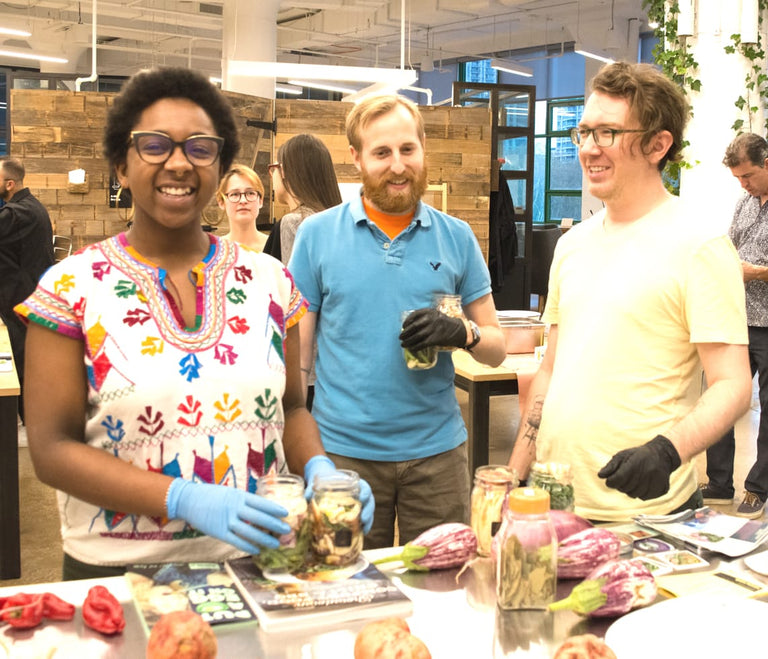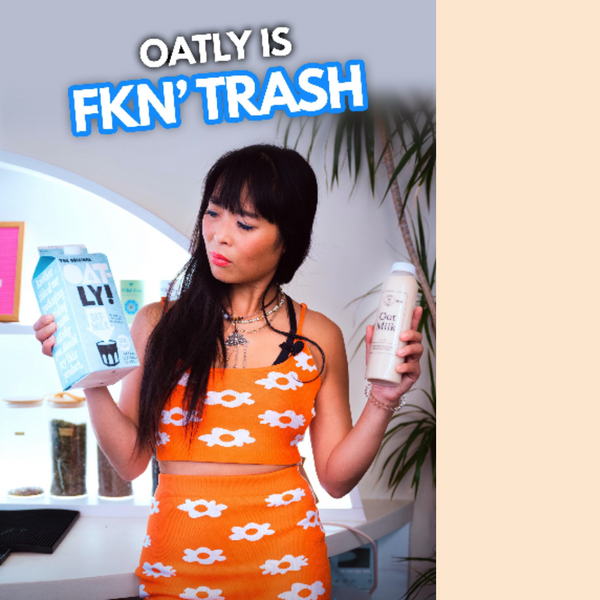Egg-sposed: What do your egg labels really mean?
By: Sophie Neuhaus
Walking into the egg section of a supermarket can sometimes feel like information overload. You’re bombarded with a wall stacked high with cartons varying in size, shape, color, variety, and of course, a massive spectrum of labels and buzzwords meant to make you think you’re making the best choice of eggs and - wow, for what a steal! But do you actually know what you’re buying most of the time? Survey says, probably not. We’re here to help you figure it out.
MEET YOUR CERTIFIERS
The first thing that’s important to understand when decoding your egg carton is that there are lots of different certifying bodies - just for eggs - that each have their own labelling standards when it comes to things like “CAGE-FREE.” Depending on the brand of eggs, their supplier, and their growing practices, they may use different certifiers. There is no one easy set of standards for all eggs. So when you’re choosing your eggs at the supermarket, don’t just look at what the labels say -- look at who’s doing the labeling.
A guide to some of the major certifying bodies for egg producers in the US
-
USDA - The United States Department of Agriculture is the federal body that oversees all egg production in the US. The USDA also oversees the Nation
 al Organic Program and sets legal requirements for labeling.
al Organic Program and sets legal requirements for labeling.
-
United Egg Producers - United Egg Producers Certified is a voluntary, audited program that permits inhumane practices, which most of the U.S. egg industry complies with. The certification prohibits forced molting through starvation but allows beak cutting.

-
Food Alliance - The Food Alliance is an independent non-profit that creates independent standards of sustainable agriculture. Their egg certification program prohibits forced molting through starvation but allows beak cutting. No meat or animal byproducts are permitted in feed.

-
American Humane - American Humane Certified, is a program of the American Humane Association. This certification prohibits forced molting through starvation but allows beak cutting.

-
Certified Humane - Run by Humane Farm Animal Care, the Certified Humane program offers differents levels of certification based on confinement-type. All prohibit forced molting through starvation but allow beak cutting.

-
Animal Welfare Approved - Animal Welfare Approved is a program run by A Greener World, has the highest standards of any third-party auditing program.

DECODE YOUR LABELS
Caged
This is the conventional stuff that makes up the majority of egg production in the United States. In these cases, caged hens each have 0.46 square feet (67 square inches) of cage space: smaller than a sheet of computer paper. Restricting hens to these barren battery cages prevents them from perching, nesting, foraging and even spreading their wings. Most likely, your egg carton isn’t going to say “CAGED,” because that would be bad marketing, but you’re not going to see all of the other words that typically signify more decent practices. These packages are more likely to have words like “NATURAL,” which is not a regulated term and holds no real meaning, and “HORMONE-FREE,” which all eggs that are sold in the US are.
On top of the conventional stuff, there are other types of confinement systems that qualify as caged. For example, enriched colony-cages are larger pens that house multiple birds at once. According to the American Humane standards, birds in enriched colony-cages must have 0.8 square feet (116 square inches) in each individual “furnished cage”: smaller than a legal-sized sheet of paper, which scientific evidence demonstrates is detrimental to animal welfare, and suppliers must follow some requirements for perching and nesting boxes.

Cage-free
This is where things start to get trickier. Any egg labeled cage-free means that the hens are not allowed to live in cages, however, this doesn’t mean that their living situations are necessarily any better than their caged sisters’. According to the USDA, eggs can be called cage-free if they were “produced by hens housed in a building, room, or enclosed area that allows for unlimited access to food, water, and provides the freedom to roam within the area during the laying cycle.” The USDA, however, doesn’t specify any space requirements, meaning that hens could be packed together in “open areas” where they don’t actually have room to move around very much.
Certified Humane cage-free eggs come from birds that are uncaged inside barns, but may be kept indoors all the time with the ability to nest, perch and dust-bathe, and as long as suppliers follow regulations for stocking density, perch numbers and nesting boxes - what those regulations are is unclear. American Humane also says cage-free birds are uncaged in barns but may be kept indoors all the time, but specifies that “each hen must have 1.25 square feet (180 square inches) of floor space and access to perches and nesting boxes.” United Egg Producers, however, only require cage-free eggs to come from uncaged birds kept indoors at all times, with at least 1 square foot (144 square inches) of floor space per hens, and with the existence of some perching and nesting requirements.
Shall we continue?
Organic
Organic standards are set and verified only by the USDA National Organic Program. If it doesn’t have the USDA certification, your carton of eggs is not organic. Having an organic certification is great, but it’s not everything - organic certifications only loosely deal with a some of the factors that make for a good egg.
All certified organic eggs are also cage-free (by the USDA standards), so when you buy organic eggs, you can know that they did not originate in cages - but remember, that doesn’t necessarily mean they came from good conditions, since the USDA doesn’t regulate how much space is needed to use that label.
Free-range
The label free-range is also only somewhat regulated by the USDA, as: “continuous access to the outdoors during their production cycle, which may or may not be fenced and/or covered with netting-like material.” The USDA does not specify what these outdoor spaces must look like or how big those spaces should be.
The National Chicken Council specifies: “There’s no precise federal government definition of “free range,” so the U.S. Department of Agriculture (USDA) approves these label claims on a case-by-case basis. USDA generally permits the term to be used if chickens have access to the outdoors for at least some part of the day, whether the chickens choose to go outside or not. In practice, most chickens stay close to water and feed, which is usually located within the chicken house. Chicken labeled as “organic” must also be “free-range,” but not all “free-range” chicken is also “organic.” Less than 1% of chickens nationwide are raised as “free range,” according to the National Chicken Council (NCC).”
American Humane calls eggs free-range if each hen has 21.8 square feet (3,139 square inches) of outdoor space, but they don’t specify a minimum period of outdoor access. Certified Humane, on the other hand, defines free-range as, having access to an outdoor area for at least six hours each day and having at least 2 square feet (288 square inches) of outdoor space per hen, however they add that outdoor space doesn’t need to have any living vegetation. This is ok for hen’s natural dust-bathing practices, but doesn’t help much with their foraging habits or improving diets.
Pasture-raised
We’re nearly done here - stick with me. Pasture-raised is a term that is not regulated by the USDA. If you see “PASTURE-RAISED” on your egg cartons without some third-party seal of approval, it’s probably just a marketing ploy, unless you have a real relationship with your farmers and know their land. Certified Humane is one of those third parties that has a set of standards for pasture-raised eggs, stipulating that birds must be placed on a pasture for at least six hours each day, each hen must have at least 108 square feet (15,552 square inches) of pasture - that’s more space than some NYC apartments, and that the pasture must be covered mainly with living vegetation. American Humane also has a very similar set of standards, except that they do not specify a minimum period of outdoor access, so how much the hens actually experience the pasture is hard to say.

Local Roots eggs in the making at Kirchenberg Farm
KNOW YOUR FARMERS
If you’ve made it this far without your head cracking open like, well, an egg, congratulations. (You’re now eggducated). The world of eggs is a dark and confusing place. Sometimes it feels like everyone is trying to trick you, and like there may be no such thing as an ethical egg. We’re here to say, have hope! Now more than ever, it’s so important to know your farmers - and their hens - so that you don’t have to question and doubt whether or not your favorite breakfast is coming from claustrophobic hens who have never seen the light of day.
That’s why Local Roots is committed to bringing you eggs only the happiest and healthiest hens, from farmers we personally know and trust. These hen houses have nothing to hide - we know because we’ve seen them.
What we stand for: 
- hens are free to roam on natural pasture with ample space so they can live their best hen lives
- hens are fed a diverse diet whatever they crave found in nature, finished off with non-GMO feed
- farmers are kind people who treat their birds with care and love
Try a carton, or talk to your local farmer about sourcing the best eggs, and taste the difference that comes from real, delicious, worry-free eggs.

Local Roots partner, Kirchenberg Farm
Rather have a taste first?
Local Roots Experiences are fun, pop-up events where we bring the farm to you!

Become a Harvest Club Pick Up Location
Are you a NY based cafe, bar, or neighborhood business? Become a Harvest Club pick up location and have community members come to your establishment each week to pick up their Local Roots harvest.
Top



 al Organic Program and sets legal requirements for labeling.
al Organic Program and sets legal requirements for labeling.








